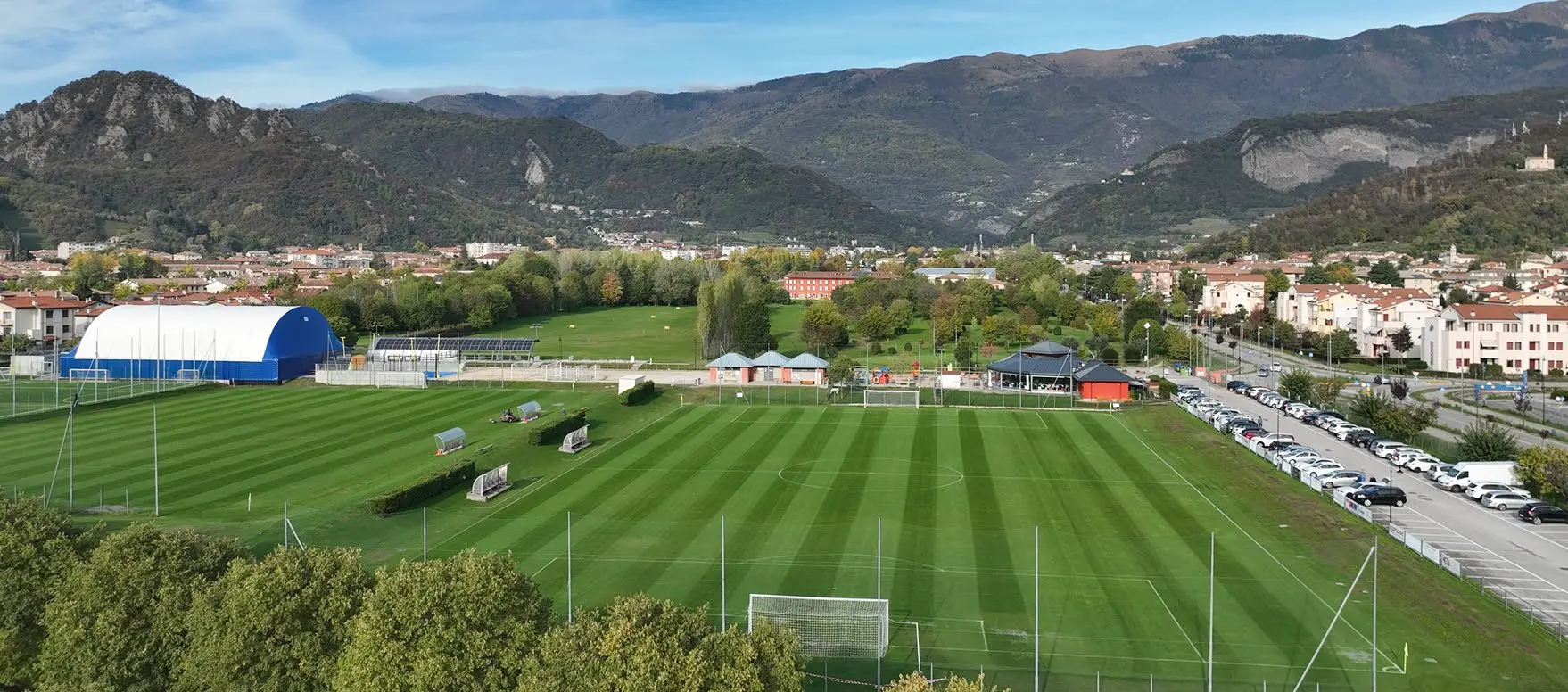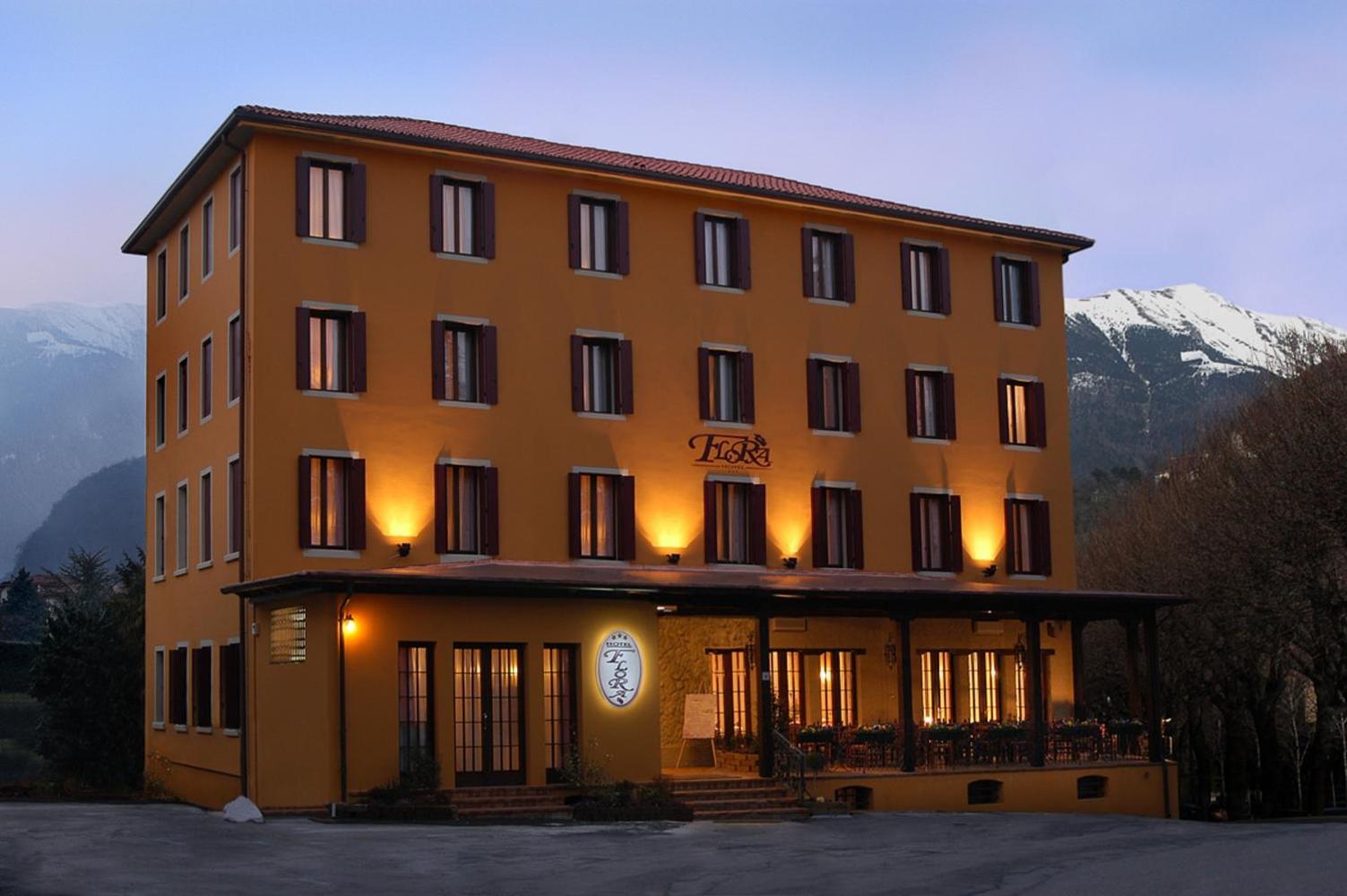Location
Vittorio Veneto
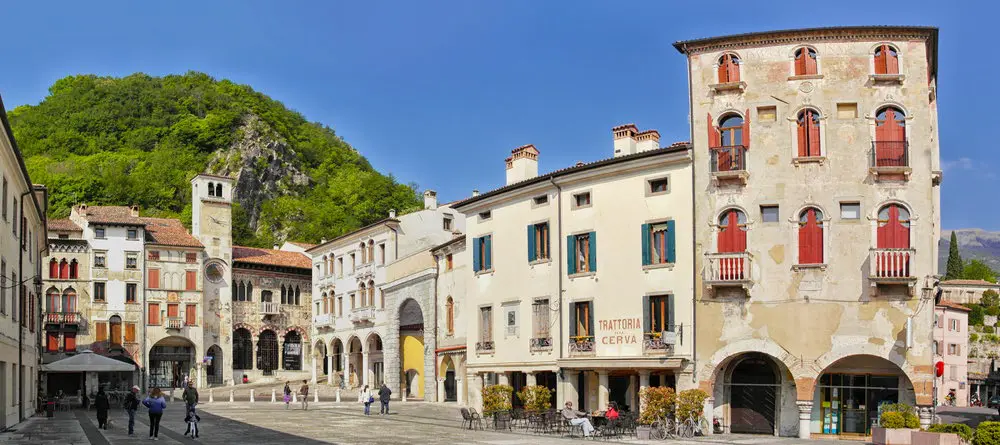
In the past Vittorio Veneto was made up of two neighboring and autonomous centers of ancient origin, Ceneda and Serravalle, which in 1866 merged to form the current municipality of Vittorio Veneto.
Ceneda (to the south), of Roman or perhaps even pre-Roman origin, reached its maximum prestige in the 7th century, when it became an important Lombard duchy and, later, a bishopric.
Serravalle (to the north), in turn of Roman origin and fortified by kings and barbarian princes, in 1174 became a fief of the Da Camino and under the dominion of the Serenissima Republic of Venice (1337-1797) experienced a period of great splendor, testified by the extraordinary beauty and elegance of the buildings and squares still well preserved.
Rich in beautiful churches and ancient traditions, Vittorio Veneto is also a city sacred to the Italian homeland since the First World War ended there on 4 November 1918.
Positioned at the foot of the Italian Pre-Alps, Vittorio Veneto stands out with its hills against the mountainous arch that reaches the slopes of the Cansiglio Forest.
The mildness of the climate, therefore, together with the charm of natural and artistic beauties and the interest of ancient and recent historical memories, make this city one of the most evocative centers of the Veneto – Venice region.
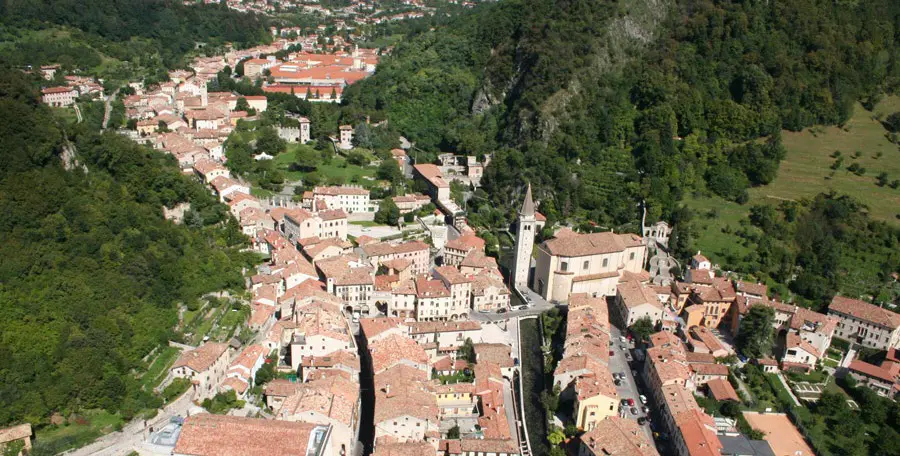
Various churches in Vittorio Veneto house precious works of art, the most relevant are listed below:
- In the district of Meschio there is the church called “S. Maria del Meschio “, where you can admire a wonderful” Annunciation “by Andrea Previtali (painter exhibited at the National Gallery / London, Galleria dell’Accademia / Venice)
- In the S. Andrea district there is the 14th century church called “Pieve di S. Andrea di Bigonzo”, where you can admire 15th and 16th century frescoes by Antonello da Serravalle and Francesco da Milano
- In the Serravalle district, one of the best preserved historical centers of the Veneto -Venice region, there is the Cathedral dedicated to Santa Maria Nova where you can admire the “Madonna with Child in glory and saints Andrew and Peter”, a sixteenth-century work by Tiziano Vecellio (world famous painter exhibited at National Gallery / London; National Gallery of Art in Washington; Uffizi / Florence; Museo del Prado / Madrid; Rijks Museum / Amsterdam; Gemaldegallerie / Berlin; Metropolitan Museum of Art / NY York; Louvre / Paris ; Doge’s Palace / Venice)
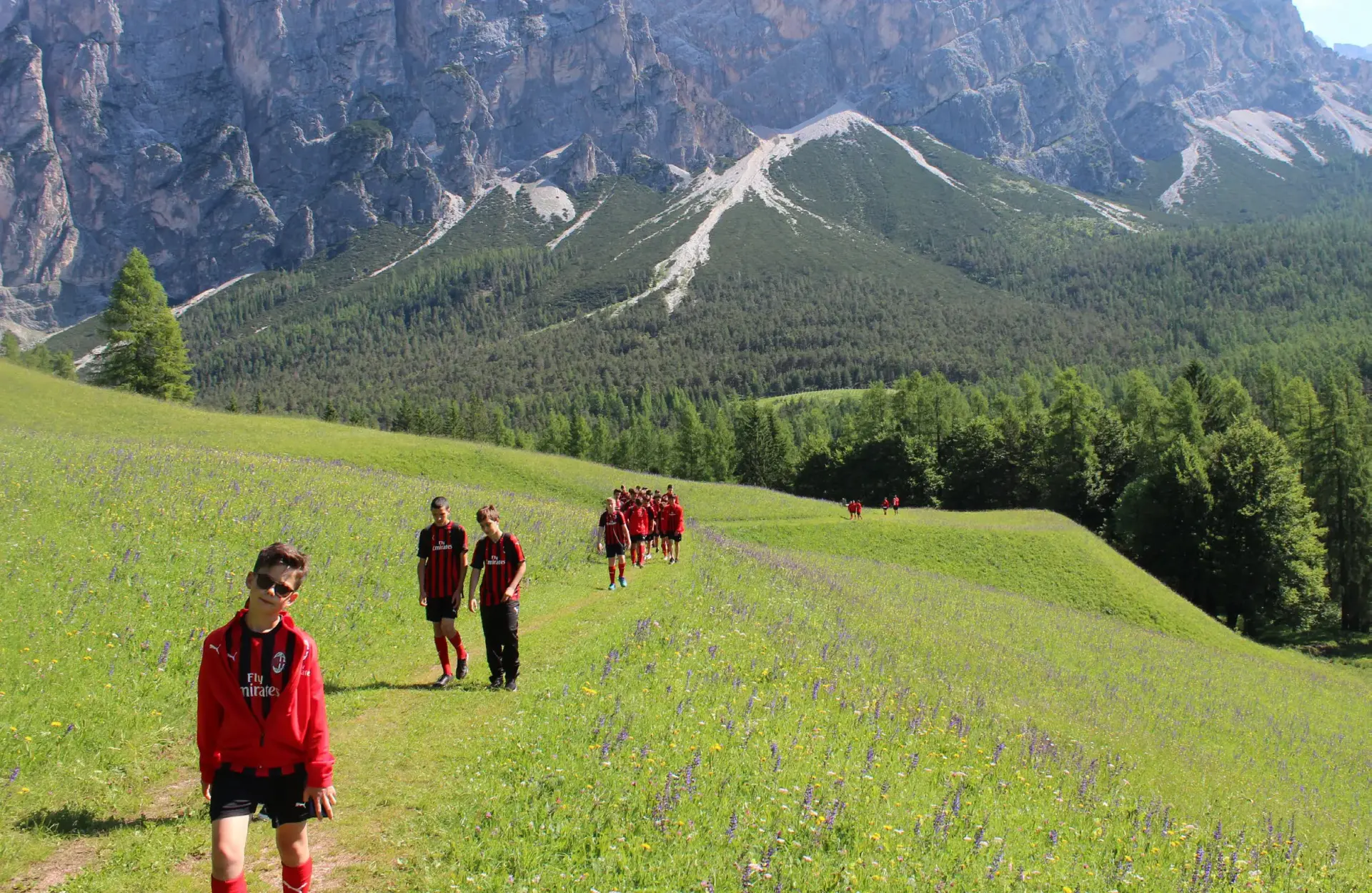
The hills and mountains surrounding Vittorio Veneto represent an ideal setting for excursions for lovers of bicycle tours, and especially mountain bikes. Flat paths completely immersed in greenery alternate with hilly roads and steep climbs, winding through stupendous panoramas engraved by villages, villas, castles and churches.
In the heart of the Prosecco production area and located on the “Strada del Prosecco and Colli Conegliano-Valdobbiadene”, Vittorio Veneto is characterized by the long tradition of white wine making.
In 2019 the hills of Conegliano and Valdobbiadene were included in the UNESCO World Heritage List; Vittorio Veneto is part of the UNESCO-accredited area.
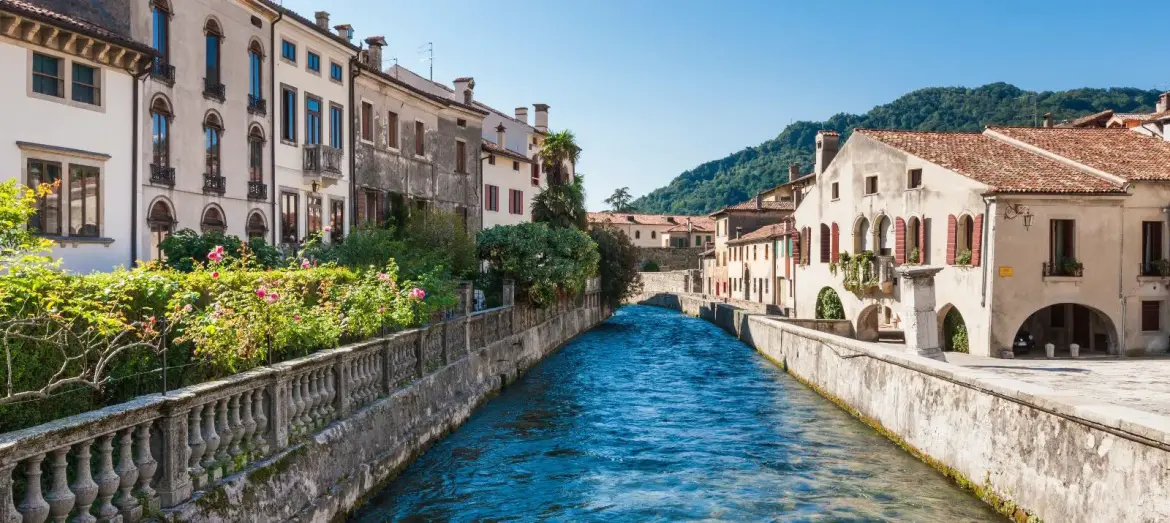
Art and Culture
A brief overview of the most important Italian tourist destinations that can be easily visited can be found at the link: sporteventi.com/turismo-visita-italia.

 Italian soccer camp reviewed by NY Times
Italian soccer camp reviewed by NY Times
